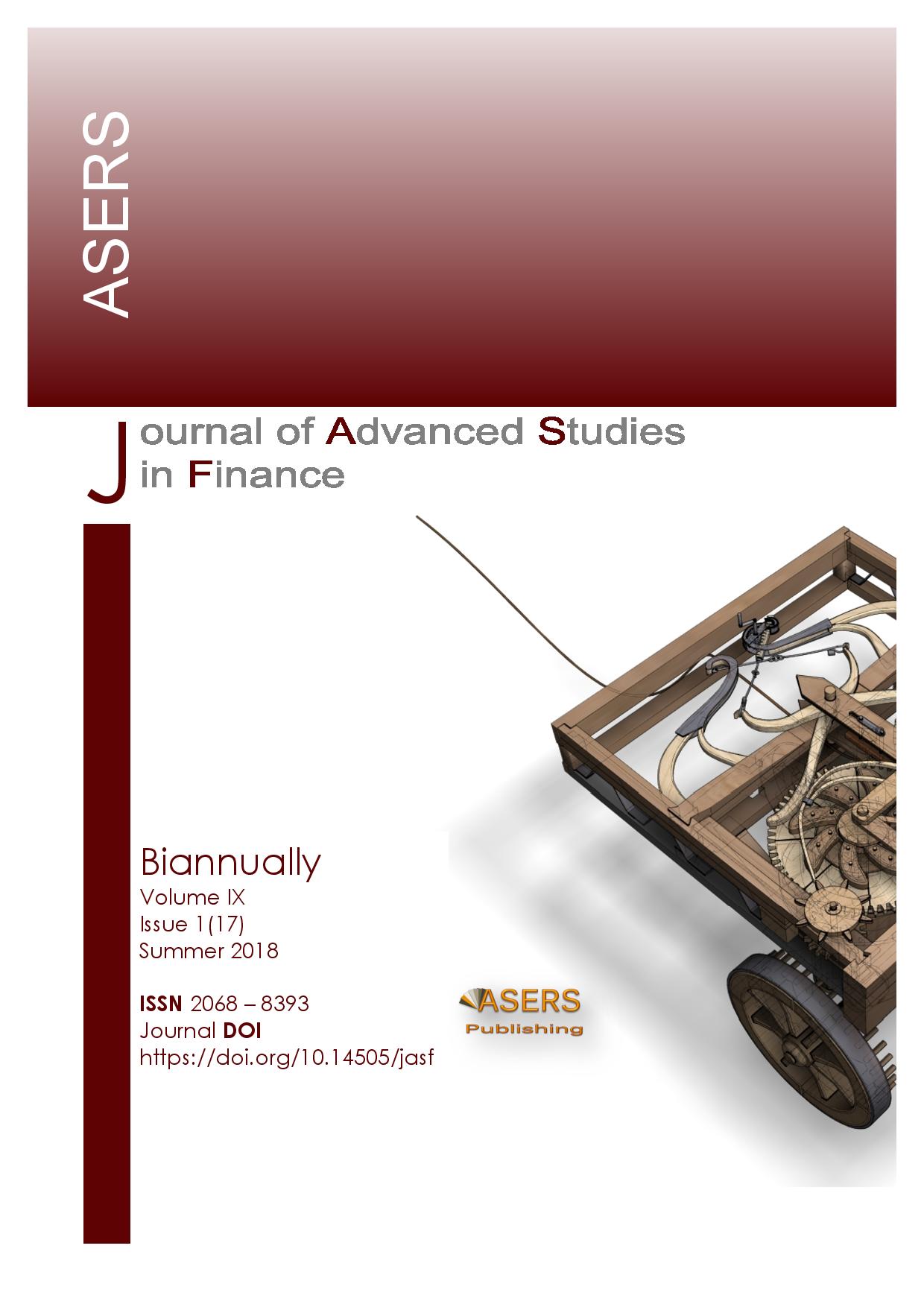Synthetic versus Physical Exchange Traded Funds. Spillover and Asymmetric - Volatility Effects
Synthetic versus Physical Exchange Traded Funds. Spillover and Asymmetric - Volatility Effects
Author(s): Askar KoshoevSubject(s): Economy, Financial Markets
Published by: ASERS Publishing
Keywords: exchange-traded fund; ETF; spillover effect; synthetic ETF;
Summary/Abstract: Earning popularity synthetic exchange-traded funds which track their benchmarks by taking positions in derivative contracts are subjects of many debates concerning potential negative effects they may cause. At the moment, available empirical resultsare scarce and ambiguous. This research investigates the impact of synthetic funds on the stock market by comparing them to their physical alternatives. The spillover and asymmetric volatility effects were identified and analyzed by the deployment of the EGARCH-M-ARMA model. Local legislation on the Chinese market caused the creation of several physical and synthetic ETFs which track same benchmarks. This unique conditions can be employed in order to examine the effects of synthetic ETFs on the market. The sample of this study comprises ETFs which track Chinese A-shares but are listed or cross-listing in Hong Kong or New York stock exchanges. This study broadens the knowledge about synthetic ETFs and their relationships with the markets. Spillover and asymmetric-volatility effects are tested for ETFs, their respective benchmark indices, and general markets indices. The results do not reveal clear evidence that Synthetic ETFs have an impact on the stock markets.
Journal: Journal of Advanced Studies in Finance (JASF)
- Issue Year: IX/2018
- Issue No: 17
- Page Range: 15-23
- Page Count: 9
- Language: English
- Content File-PDF

